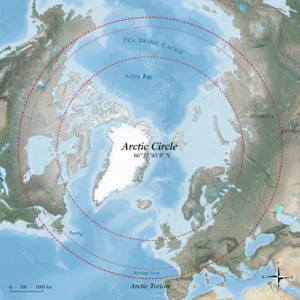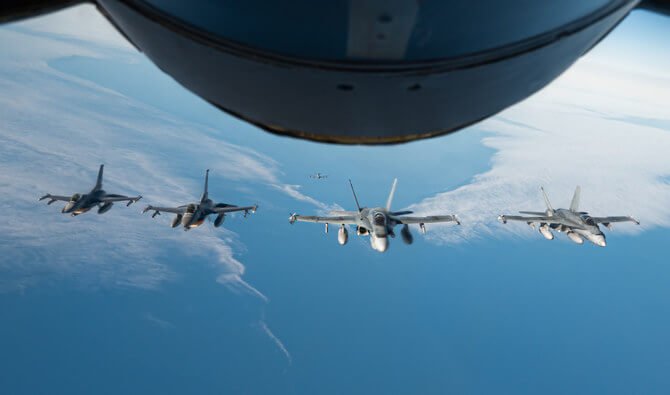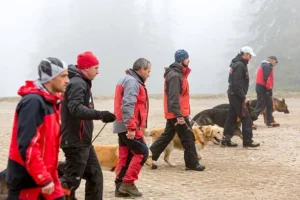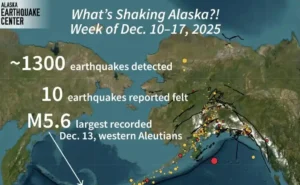Recent Military Encounter Highlights Ongoing Tensions
US and Canadian fighter jets intercepted two Chinese and two Russian military aircraft flying over international waters near Alaska on Wednesday. The North American Aerospace Defense Command (NORAD) tracked the planes but did not consider them a threat. This incident is the latest in a series of military encounters between the US, Canada, and their competitors. Russia has a decades-long established military presence in the North Pacific, whereas China has notably escalated its military activity in the region over the past few years.
Increased Military Activity in the Arctic Region
In mid-July, the US Coast Guard spotted four Chinese naval ships in the US Exclusive Economic Zone, 200 nautical miles off the coast. The recent incident involved Chinese and Russian planes entering the North American Air Defense Identification Zone (ADIZ), a designated airspace where foreign aircraft are required to identify themselves to US and Canadian authorities for national security purposes.
Moscow claims all Russian flights comply with international regulations. However, the US is wary of China-Russia cooperation in the strategic Arctic region. The intercepted planes were Russian TU-95 and Chinese H-6 bombers. The TU-95 fleet is crucial to Russia’s nuclear capabilities and has been used in conventional missile strikes in Ukraine.
The US and Canada have increased military aid to Ukraine, angered Moscow. The recent incident highlights the ongoing tensions between the US, Canada, and their competitors. NORAD will continue to monitor competitor activity near North America and respond accordingly. The US and Canada are committed to defending their airspace and maintaining regional security.
In a separate statement, Russia’s Ministry of Defense confirmed the joint air patrol with China. China’s Ministry of Defense also commented, saying the patrol deepened strategic mutual trust and did not target any third parties. The incident has sparked concerns about increasing military activity in the region. However, NORAD has reassured the public that the aircraft did not enter US or Canadian sovereign airspace.












